New flat-screen TVs are thinner and lighter but with larger screens and a higher center of gravity. Many models arrive with a simple stand that is not stable enough, which will tilt or even fall over if bumped. This guide will explain how to choose safe TV stands and provide practical advice on how to secure your TV.
Choose a Stable TV Stand
The first important step in the selection of a TV stand is to consider the size and weight specifications of the TV and match them with the stand. A stable TV stand should be at least 2-3 inches wider than the TV on each side to provide a secure base.
A good example is that a 65-inch TV measures about 57 inches wide and will require a TV stand that is about 61 inches wide for appropriate support. Also, the load-carrying capacity of it should be clear. Choose a stand that's 20-30% heavier than your TV for better stability for the TV from toppling over.
The materials and build quality of the TV stand affect its stability and durability. If solid wood or metal stands are reinforced joints, then they are much stronger compared with particleboard or plastic and will serve longer and be more stable.
If the floor is not perfectly level, it is best to choose a model with adjustable feet and a wide base, so that the TV cabinet can be placed very smoothly and stable after minor adjustments.
Do not settle for using dressers or chests to hold your TVs, since they have never been designed for such tasks and do not even feature the basic safety features for holding the big screen by means of proper weight distribution.
Related Reading: TV Stand Size Guide
Secure Your TV with an Anti-Tilt Strap
Anti-tilt straps are among the most practical solutions against the accidental toppling over of your television. Let's look at, let's go through a few types of anti-tilt straps and when installing them procedures.
Types of Anti-Tilt Straps
- Nylon straps: The most common and versatile option. Their length is adjustable, thus being durable, easy to mount, and suitable for low-weight TVs.
- Steel cable straps: usually adjustable in length, durable, and suitable for large and heavy TVs.
- Multi-functional fixing straps: can fix the TV and the base furniture at the same time, providing double protection and peace of mind.
- Wall fixing straps: directly connect the TV to the wall studs, providing the best stability and suitable for all types of TVs.
Step-by-Step Installation of Anti-Tilt Strap
1. Locate the Mounting Point of the TV
Find the VESA mounting holes on the back of the TV and select a matching bolt size from the set of hardware provided in the anti-tilt strap kit.
2. Fix the Anti-Tilt Strap to the TV
Insert the mounting screw into each end of the strap. Align them with the VESA holes on the TV and attach the screw tightly but without overtightening. Finally, tug the Anti-Tilt Strap gently to see if it is properly attached.
3. Attach an Anti-Tilt Strap to the TV Stand or Wall
For the TV stand: Mark the position, making sure that it is below the hanging point of your TV. Carefully hold it with the screws included in the package and secure it by fastening the anti-tilt strap. Put on your gloves to save your hands in their installation.

For wall installation: Use a stud finder to locate the studs and mark the wall. Choose the appropriate anti-tilt strap and screws, secure them carefully, and finally double-check that all connections are tight. Also, if installed on drywall, use the appropriate anchors.
DIY Solution
Heavy-duty Zip Ties
Using heavy-duty zip ties will be one easy and fast DIY way of attaching your TV to the stand securely. You'll only need a few ties. Pass these through some holes in the back of the TV and then right around to strong parts on the stand, pull the zip ties tightly until you get that clicking sound. Use at least four zip ties, crossing them to prevent the wobbling of the TV.
Add Weight to the Stand Base
Want to make your TV stand more stable? Put some heavy items on its base. They can be some old books you like, pretty stones, or even anything. Set them on the lower shelf or base of the TV stand in an orderly manner.
A trick: Add about half the weight of the TV. For example, if the TV weighs 40 pounds, add about 20 pounds to the foot of the stand. This trick works well with cable ties that can form a double layer of protection.
Wall Mounting as an Alternative
The safety benefits of wall-mounting your TV are pretty obvious. Its bracket has a firm anchor point, dispersing the weight of the TV directly onto the wall studs, so there's no need to worry about it toppling over.
While the option of hanging a TV higher keeps it from the reach of pets and children who would probably pull it just out of curiosity, a lot of floor space in a room is freed.
The wall mounting is not tricky, but that also requires careful planning. First, you will have to select a suitable wall mount according to the size and weight of your TV.

The basic tools you will be requiring for the installation include a wall probe, spirit level, drill, and socket wrench set. Steps to follow: find wall studs, mark the mounting height, drill pilot holes, and install the mounting bracket.
Most of the brackets come as two-piece units-one fixed to the wall while the other one is fixed to the TV-and they click together.
Other Safety Precautions
When installing the TV on the stand, position the TV in the center of the stand and push it to the back as far as possible so the center of gravity is well inside the stand's supporting area.
The base or stand of the TV must be in full contact with the surface of the TV stand and there must not be any overhang. Also, ensure the TV is properly set up on its stand, with no part being installed incorrectly or loosely.
For cable management, secure cables either by using cable ties or placing them in a cable management box to avoid instances where they lie on the floor and cause tripping. If they are too long, use cable ties to tidy them up and secure them with tape or clips to the back or sides of the stand.
Similarly, it is a good thing to store the remote and other shiny objects in special, safely enclosed places beyond the sight and reach of children to avoid climbing and over-reaching.
Final Thoughts
Anti-tip straps or even heavy-duty zip ties attaching the TV to the stand improve safety. Place some books or decorations around the base of the TV stand for the right amount of weight. If you have kids or pets, it may be safer to consider wall-mounting the TV.
Whichever method is taken, make sure all the connections are sound and strong. Keep regularly checking and adjusting the securing devices so that you may enjoy your viewing time with peace of mind.



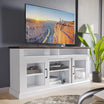







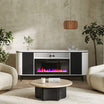
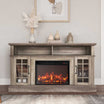
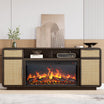
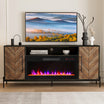
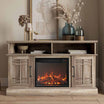

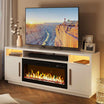
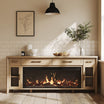
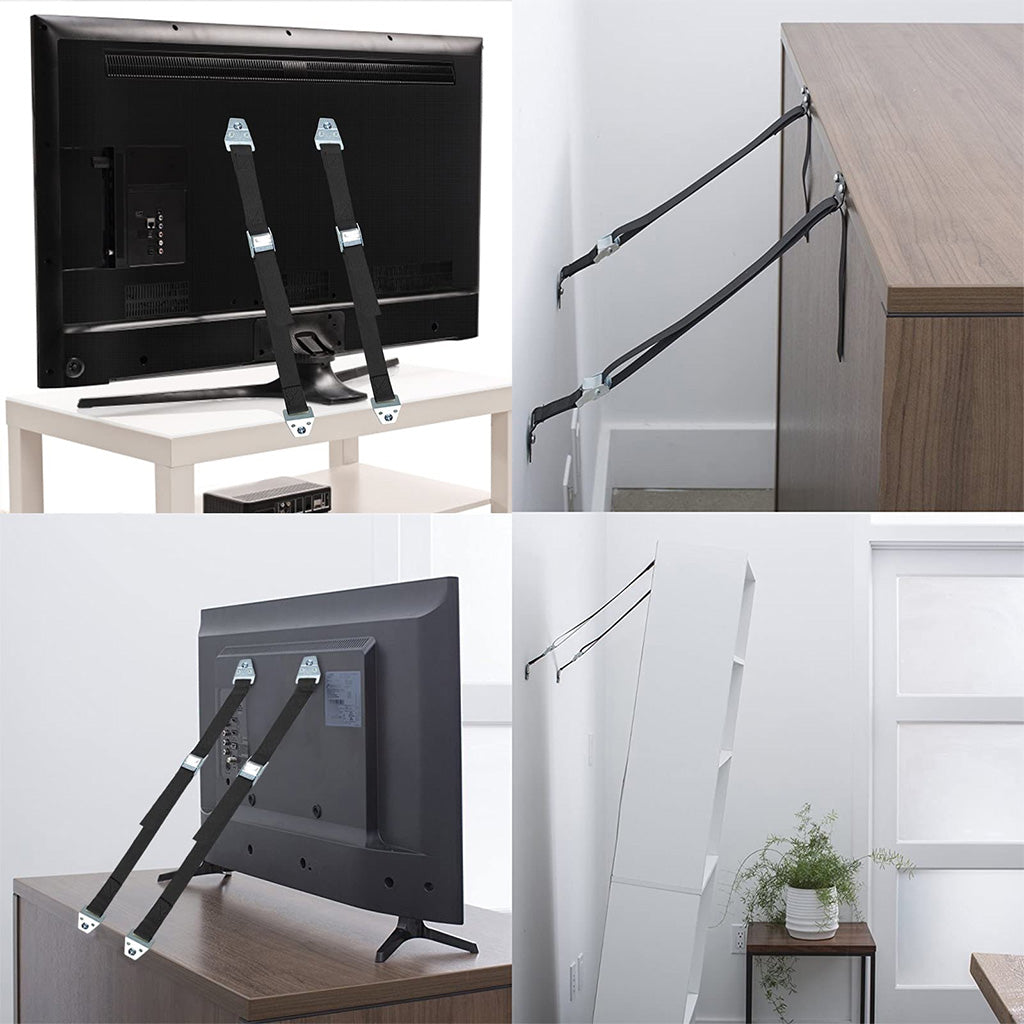
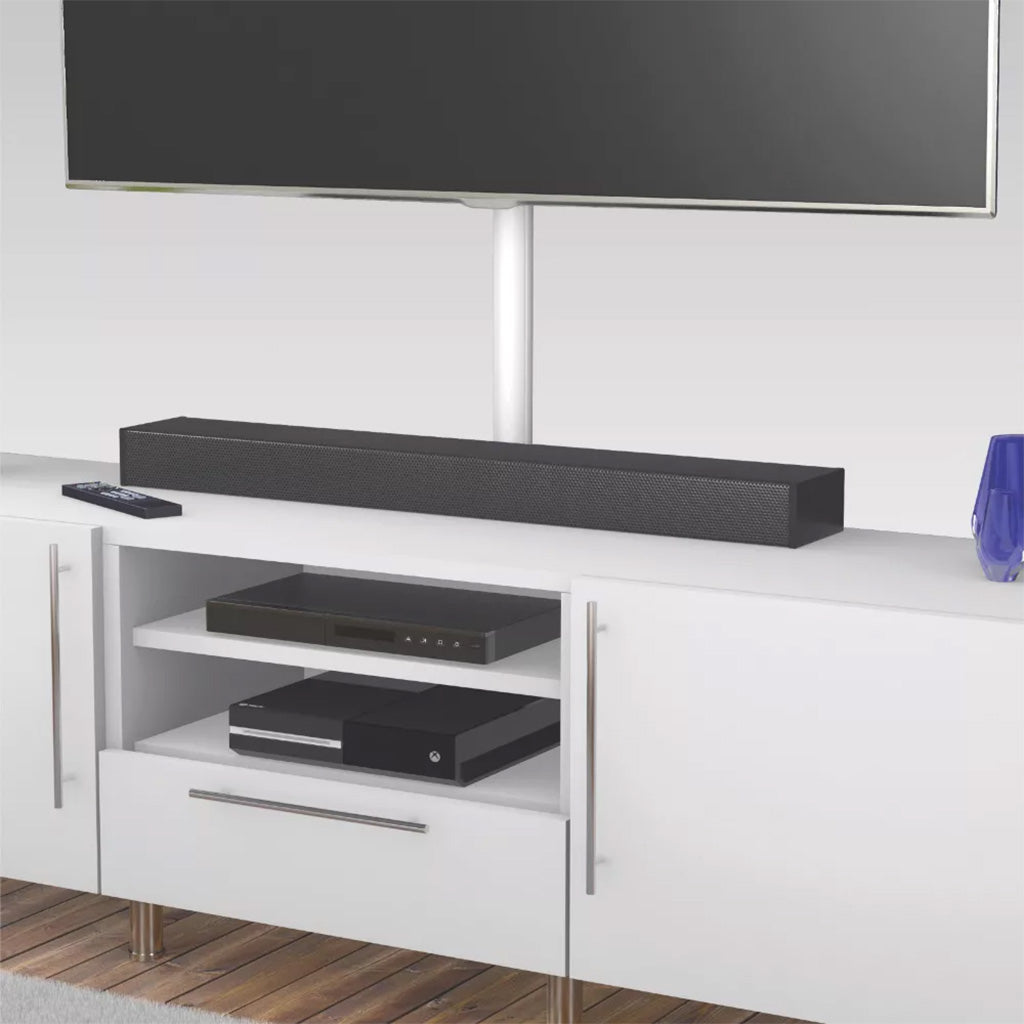
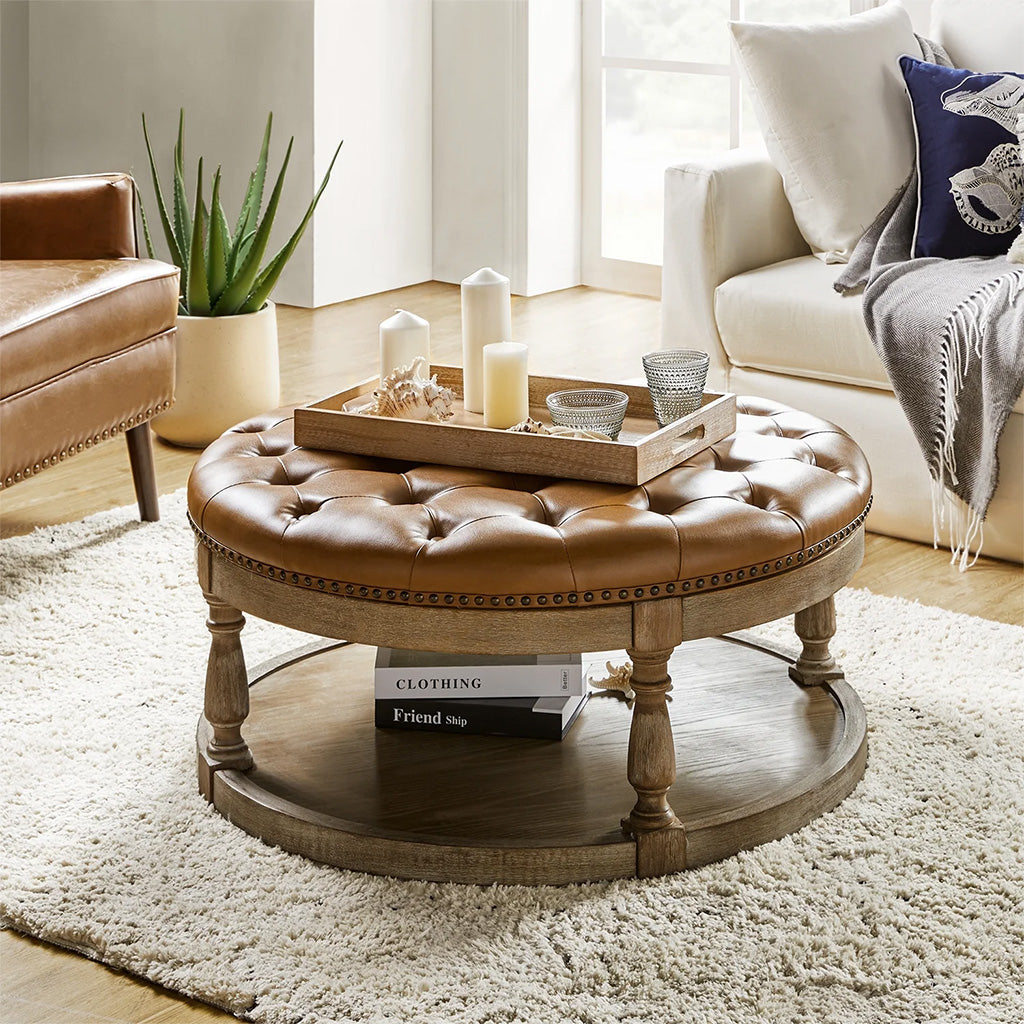
Leave a comment
This site is protected by hCaptcha and the hCaptcha Privacy Policy and Terms of Service apply.